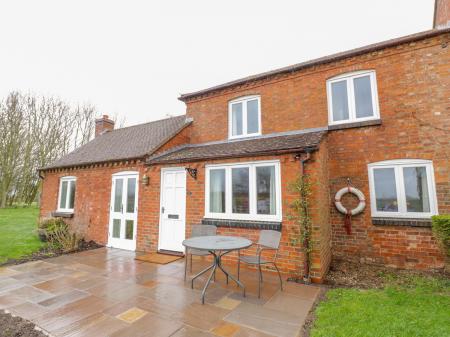
The church stands behind Holdenby House, far removed from the village it was meant to serve. When Sir Christopher Hatton, Lord Chancellor to Elizabeth I, decided he wanted to build a new mansion, he had the village of Holdenby moved to make more room for his opulent new house and gardens, leaving All Saints church where it stood.
Ironically, the house that he built did not stand long beyond his own lifetime. The restored gardens, however, are open to visitors today.
One of the best features of All Saints is the series of beautifully carved medieval misericords decorating the chancel stalls. These are primarily floral scrolls and foliage, but there are also likenesses of animals mixed in, including an ape, a winged creature, a dragon, and a cherub. The misericords most likely date to the period between 1330-1340.
There are also an unusual series of seven painted texts dating to the Elizabethan period. Such texts are usually associated with the Jacobean and Georgian periods, so to find such a large series from the 16th century is quite rare.
There are a number of interesting monuments dating to the 13th century. Among the finest is an alabaster slab commemorating William Holdenby (d. 1490) and his wife. There is also a very nice Elizabethan screen that was originally built for Holdenby House.
All Saints is no longer used for regular worship and is in the care of the Churches Conservation Trust.






 We've 'tagged' this attraction information to help you find related historic attractions and learn more about major time periods mentioned.
We've 'tagged' this attraction information to help you find related historic attractions and learn more about major time periods mentioned.


